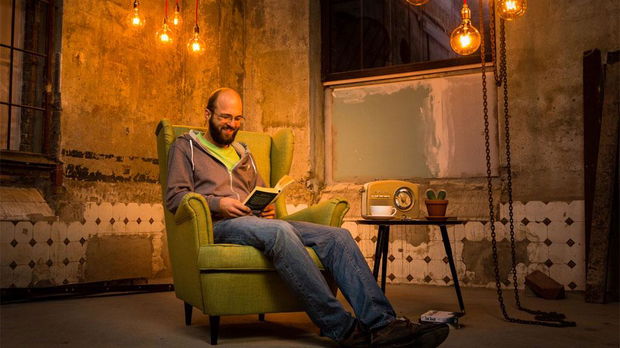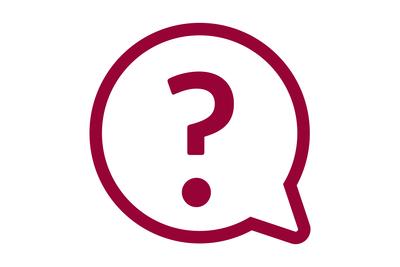Disposal of electrical and electronic devices
As a retailer of electrical and electronic devices, we are required to provide you with the following information:
As a consumer, you are obliged by the German Electrical and Electronic Equipment Act (ElektroG) to dispose of used luminaires and lamps safely and correctly. Accordingly, with the exception of incandescent lamps and halogen lamps,
- lamps and luminaires
- compact fluorescent lamps with or without ballast
- energy-saving lamps
- fluorescent lamps (fluorescent tubes)
- discharge lamps (incl. metal vapour lamps)
- and LED lamps
must not be disposed of in household waste.
Breakage of energy-saving lamps – correct handling and disposal
Energy-saving lamps contain small quantities of mercury, but do not represent a hazard to your health since the quantities of mercury are below statutory limits. Energy-saving lamps also contain valuable recyclable materials like fluorescent material and electronic components. Please comply with the following safety measures if an energy-saving lamp breaks:
- Avoid skin contact with the broken pieces!
- Carefully pick up the broken pieces with a damp cloth, adhesive tape or strong paper.
- Do not clean up the broken pieces with a vacuum cleaner!
- Place the broken pieces in an airtight plastic bag or a jar with a screw lid.
- Wipe the breakage area with a damp cloth.
- Leave the room for at least 15 minutes and air the room for at least 20-30 minutes.
- Take the broken pieces in the plastic bag or jar to a collection point for hazardous waste.
For the correct disposal of your broken and non-functioning energy-saving lamps, dispose of them at the special collection points, appropriate retail shops or at the manufacturer’s location, never in household waste or in the waste glass container.
Safe use of rechargeable batteries and batteries
Battery Disposal
We are required to point out the following: As a consumer, you are obliged by the German Battery Act (BattG) to dispose of used batteries safely and correctly.
Batteries contain valuable and recyclable materials like zinc, iron, aluminium, lithium and silver. They may also contain heavy metals like mercury, cadmium or lead. These may be harmful to the environment and your health if they are not stored or disposed of correctly. The aforementioned damage/effects can only be avoided by way of correct disposal and storage of batteries.
Options for returning electrical and electronic waste
After use, batteries and accumulators can be returned free of charge to the seller or to special collection points. Old batteries must not be disposed of with household waste. This applies for all batteries and accumulators, rechargeable or non-rechargeable, regardless of shape, size, mass, material composition or use. Electrical and electronic waste containing permanently installed batteries or accumulators must be returned to a collection point for electrical equipment.
The crossed-out wheelie bin icon informs you as a consumer that you must collect and dispose of your batteries separately from unsorted municipal waste. Due to the content of hazardous materials, batteries must not be disposed of in household waste. The symbol underneath the crossed-out wheelie bin icon informs you about the heavy metals your battery contains, and is decisive for separate disposal.
The following symbols, which you will find under the crossed-out wheelie bin icon, have the following meanings:
Cd = Battery contains more than 0.002% by mass of cadmium
Hg = Battery contains more than 0.0005% by mass of mercury
Pb = Battery contains more than 0.004% by mass of lead








